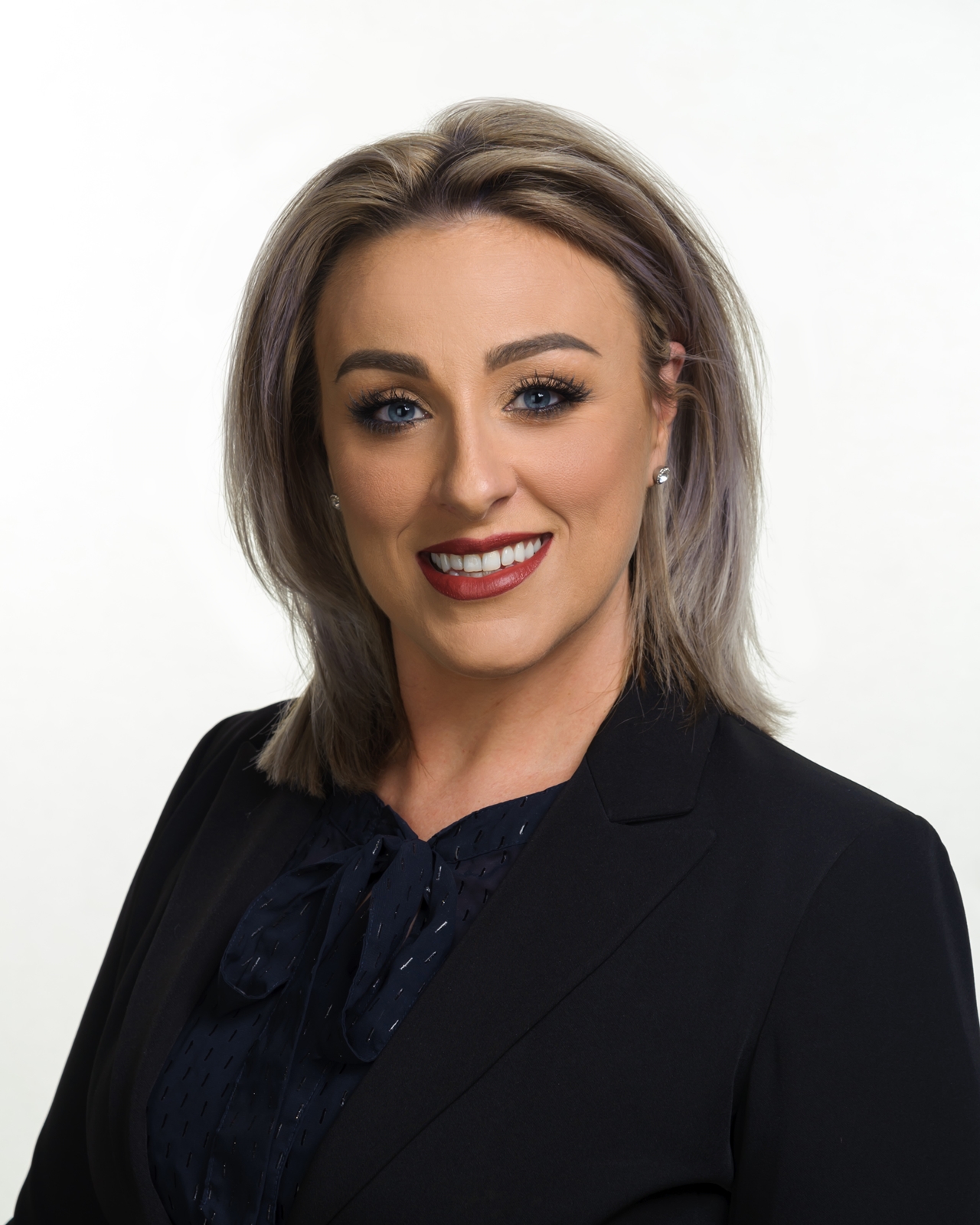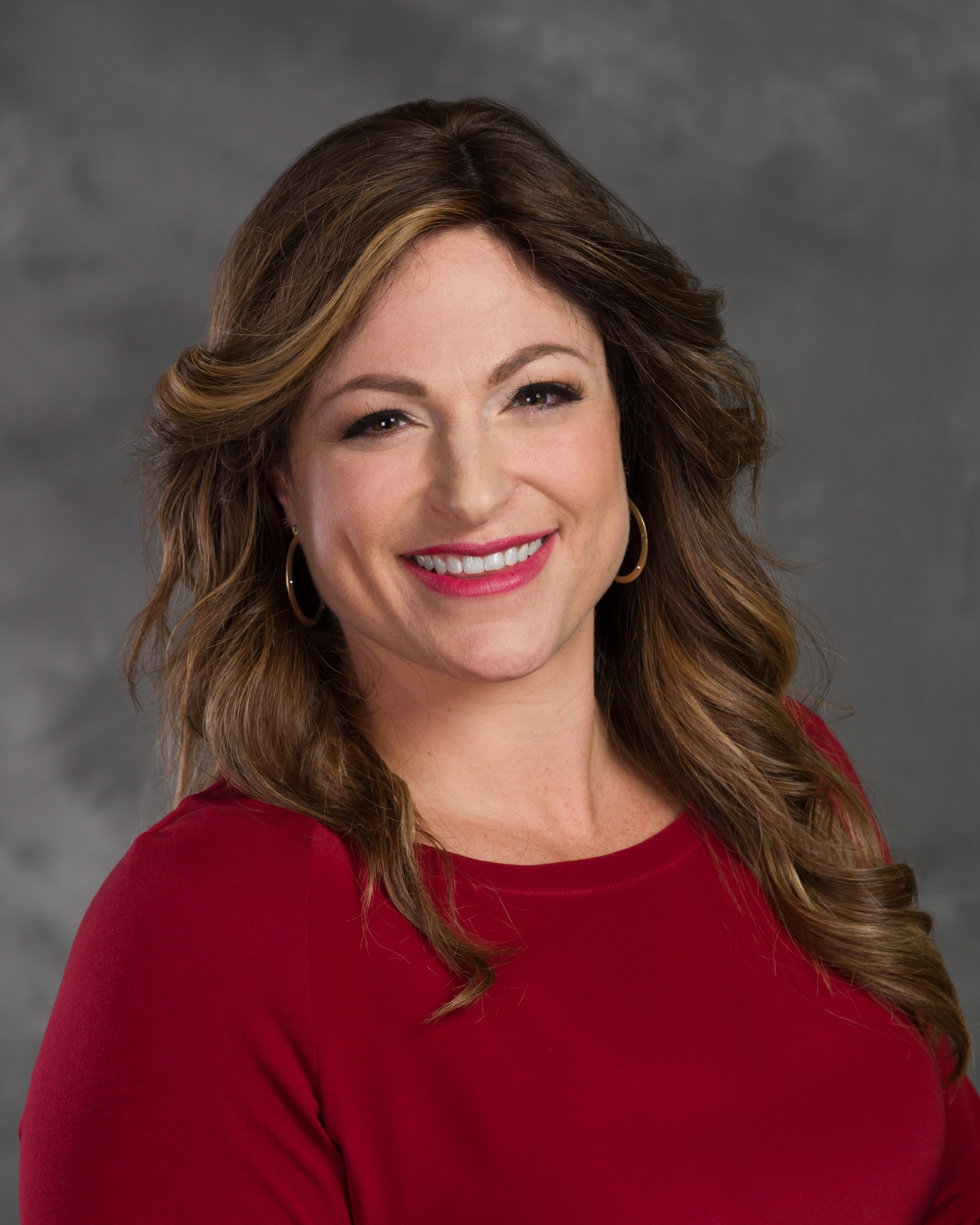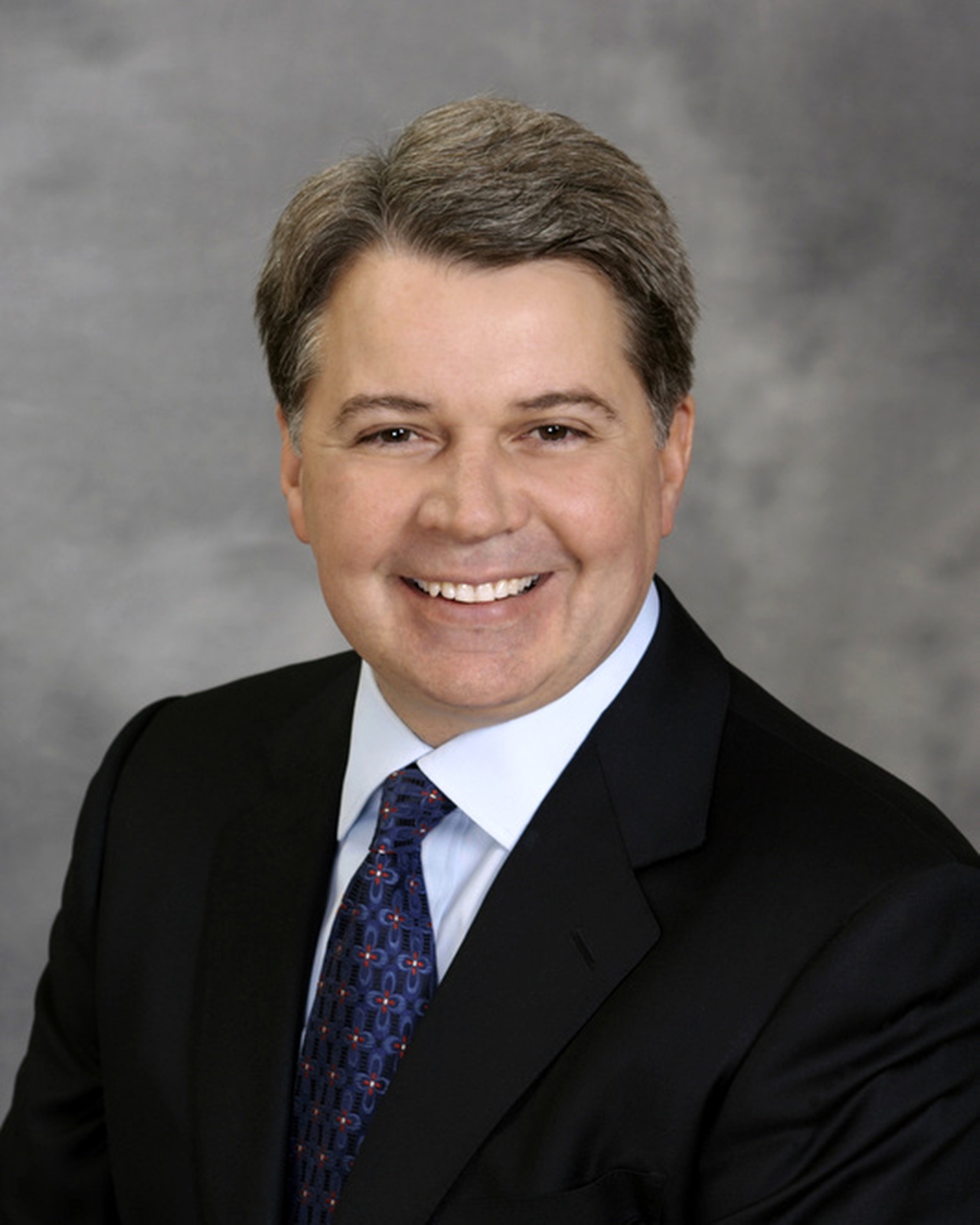It’s not uncommon for men to join women when it comes to makeup. A little powder goes a long way when covering up a shiny forehead, and some men have significant foreheads.
On the other hand, women run the gamut when it comes to make up. Some never wear any, while others wear quite a bit. We always suggest women wear makeup. Its still expected in most business environments, and any place where your portrait might be seen is a place where others will quickly pass judgement. Always wear makeup and we suggest wearing a little more than usual.
Clothing seems to always be a challenge and we have a few rules of thumb to help get over the hurdle.
The first rule is to dress like you want your clients to see you on your best dressed day. If you typically wear a jacket, you might put on a necktie. If you normally wear a polo with your logo on it, make sure its new and clean.
Second, always wear long sleeves. Short sleeves are a little casual for the typical business owner or executive. Long sleeves can keep things business casual without being too easy-going. This applies equally for men and women. But this is only a rule, and sometimes rules are meant to be broken. (see polo comment in the paragraph above)
Third, try to avoid busy patterns, and solid white or solid black as the outer color. A busy blouse can be a distraction without a solid colored jacket over the top. Solid white or black jackets take away depth and can even make your sleeves blend into your body on occasion.
Our last expert clothing tip is to not dress for the weather. Your sitting might be in January, but people might see your headshot in July. It will probably look a little strange to see you in a winter sweater.
Jewelry has a rule of its own. Men can wear a wristwatch, wedding ring if they are married, and a championship ring if they won it. No other jewelry should be visible. This eliminates pinky rings, bracelets and earrings.
Ladies are expected to wear something. The trick is to keep it minimal. Wear earrings but stay away from large hoops of dangling jewelry. Its ok to have on a ring or two, especially if one is a wedding ring.
When you come to the photo shoot nothing about what you are wearing should be a distraction. Bright red lipstick might jump off the face of a woman with a very light complexion and a huge Rolex can take the attention away from the man who wears it. Remember, few people will analyze your portrait. Most will only take a quick look. Make sure they are looking at you, and not what you are wearing.
When you arrive at your portrait session make sure to remind your photographer about your intent. Discuss lighting and cropping. Let the expert know how much of you should be in the picture. Discuss your favorite poses, including any headshots you have seen and like. Your photographer will make an effort to get what you request, then let the artist get everything else usually captured in a photo session. This way there will be no regrets if your idea didn’t turn out as desired.
Most head shot studios will have you sit on a stool in their studio. Short people will often find their feet dangling over the floor. Ask for a posing block or something else to place your feet. Your feet are your foundation leading to strong posture. And a straight back is something your photographer will ask for.






